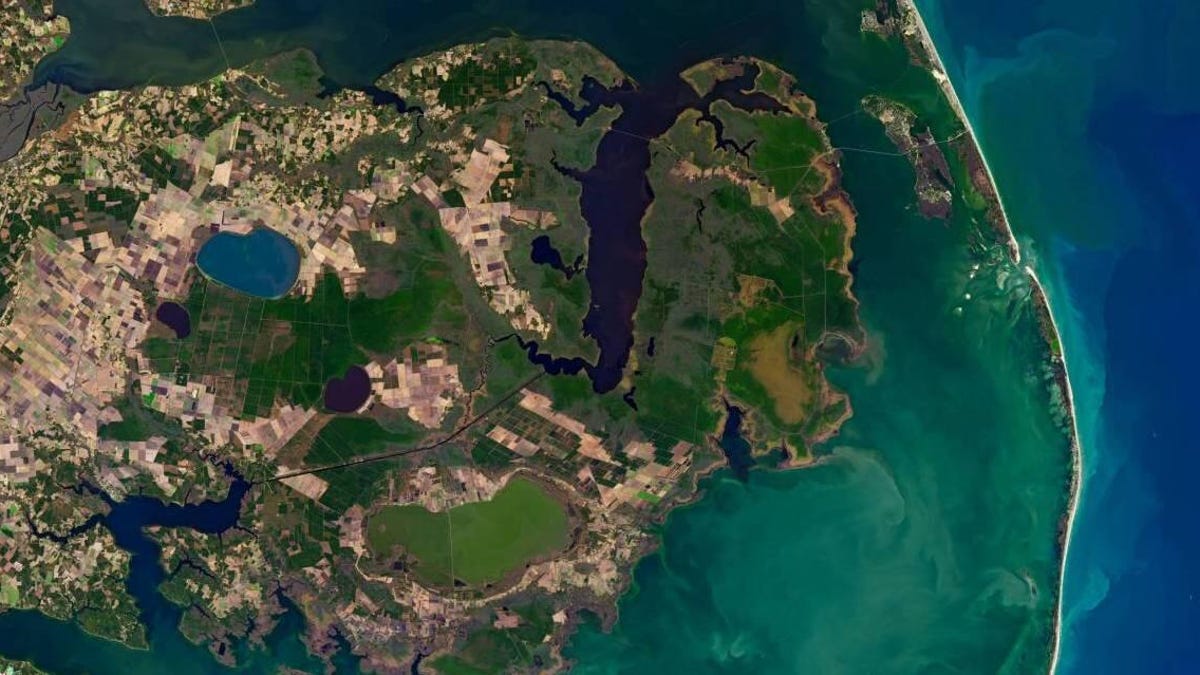Ghost forest 'tree farts' are releasing greenhouse gases, scientists say
"Even the smallest fart counts," said North Carolina State University researcher Melinda Martinez.
Large swaths of coastal wetland forest areas in North Carolina have taken on an apocalyptic appearance, with dead trees standing out like bare sticks. A research team at North Carolina State University is studying the environmental impact of greenhouse gas emissions from these "ghost forests."
Researchers have given the tree gas emissions the catchy nickname of "tree farts." Greenhouse gases can trap heat around the Earth, contributing to a warming planet.
The team measured carbon dioxide, methane and nitrous oxide gases from standing dead trees (called snags) and from surrounding soil. "Snags can act as conduits for soil produced greenhouse gases and can also be sources as they decompose," the study said. The paper appeared this week in the journal Biogeochemistry.
"Even though these standing dead trees are not emitting as much as the soils, they're still emitting something, and they definitely need to be accounted for," said lead author Melinda Martinez, a graduate student at NC State. "Even the smallest fart counts."
Researchers from NC State measured gas emissions from soil and dead trees in North Carolina.
A Duke University-led study released in April took a look at the growing issue of ghost forests in North Carolina and tracked their spread via satellite images. Sea rise and storm surges have been forcing saltwater inland, killing trees. The study focused on the Alligator River National Wildlife Refuge, where the researchers found over 21,000 acres of ghost forest had formed between 1985 and 2019.
Climate change-connected sea rise and extreme weather events are likely to exacerbate the ghost forest problem. A different NC State-led study in 2020 suggested that "the forest is both a casualty of climate change, and a contributor."
The team behind the new study is now conducting more research on the role of snags in emissions. Meanwhile, the sea continues to rise.
"The transition from forest to marsh from these disturbances is happening quickly, and it's leaving behind many dead trees," said Martinez. "We expect these ghost forests will continue to expand as the climate changes."


